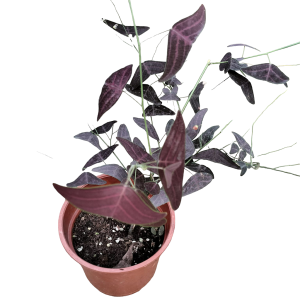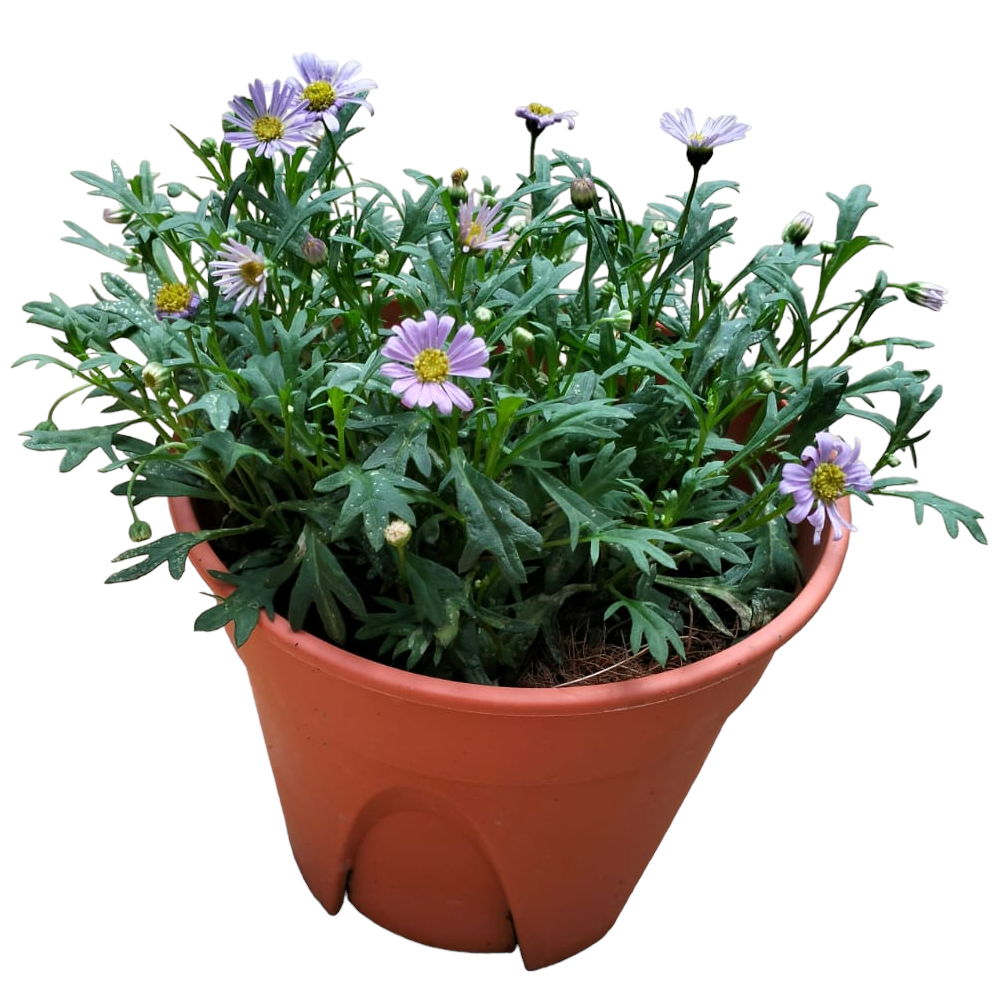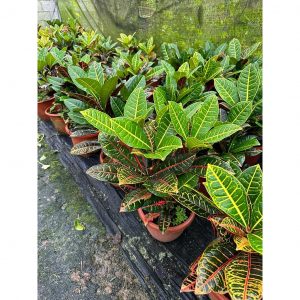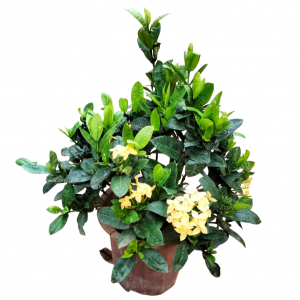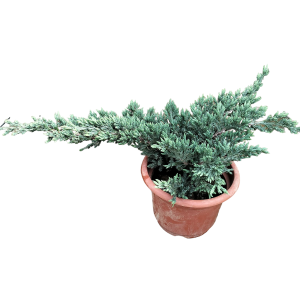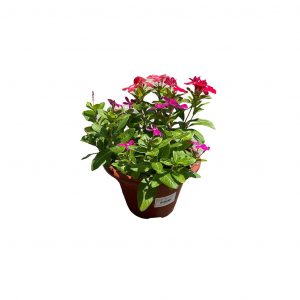Symphyotrichum cordifolium, commonly known as Aster blue, is a perennial flowering plant native to North America. It belongs to the Asteraceae family and is known for its attractive, blue to lavender flowers, which bloom in late summer to autumn, adding vibrant colour to gardens and borders. The plant features heart-shaped, dark green leaves and can grow to a height of 30–90 cm, with a bushy, upright growth habit. Aster blue is particularly valued for its resilience and ability to thrive in various conditions, making it a great choice for both decorative and naturalistic plantings. It also attracts pollinators, including bees and butterflies, making it a valuable addition to any garden.
Plant Care Guide for Symphyotrichum cordifolium (Aster Blue)
Light Requirements: Aster blue thrives in full sun to partial shade. For the best blooms and healthy growth, aim for at least 6 hours of direct sunlight per day. In more shaded areas, the plant will still grow but may produce fewer flowers and exhibit more leggy growth. If grown in full sun, the flowers will be more prolific and vibrant, so position the plant in a sunny spot where it can receive ample light.
Watering: Water Aster blue regularly, ensuring the soil remains evenly moist but not waterlogged. However, it’s important to avoid overwatering, as this can lead to root rot. Let the soil dry slightly between waterings, particularly in cooler, wetter conditions. In hot, dry spells, more frequent watering may be needed, but always check the soil moisture to avoid excess water.
Soil: Aster blue grows best in rich, well-draining soil that retains some moisture but also allows excess water to drain freely. A loamy, slightly moist soil is ideal. When planting in containers, use a high-quality potting mix with good drainage properties, such as one designed for flowering plants or perennials. If planting in garden beds, ensure the soil is not too compacted, as this can hinder root growth and water absorption.
Fertilising: Feed Symphyotrichum cordifolium with a balanced, slow-release fertiliser to promote healthy growth and abundant blooms. A general-purpose fertiliser will work well, but be cautious not to over-fertilise, as this can encourage excessive leafy growth at the expense of flowers. If the plant shows signs of nutrient deficiency, such as yellowing leaves, a boost of fertiliser may be necessary.
Common Pests: While Aster blue is relatively pest-resistant, it can occasionally attract aphids, spider mites, or caterpillars. Keep an eye on the plant, particularly during flowering, for signs of pest infestations. If pests are detected, treat the plant with insecticidal soap or neem oil, ensuring thorough coverage of both the tops and undersides of the leaves. Good air circulation around the plant can help prevent pest build-up and reduce the risk of fungal diseases, such as powdery mildew.
General Care Tips: Regular deadheading of spent flowers will encourage the plant to produce more blooms and prevent it from putting energy into seed production. If the plant becomes leggy or overly tall, prune back the stems to maintain a tidy appearance. While Aster blue is relatively low-maintenance, it will benefit from occasional thinning to prevent overcrowding and to allow for better airflow between plants. In humid or rainy weather, ensure the plant is not sitting in waterlogged soil, as this can lead to root rot and other fungal issues.
Lighting: Full Sun
Watering: Water Moderately
Watering Frequency: Daily
Caterpillars: Caterpillars cause damage to plants by feeding on the leaves, flowers and fruits. This weakens the plants and reduces photosynthesis, which leads to poor growth and reduced yields. .
Garden Formula Potting Soil.
RYNAN Flowermate 240 NPK 14-14-14+TE: Every 3 Months.

